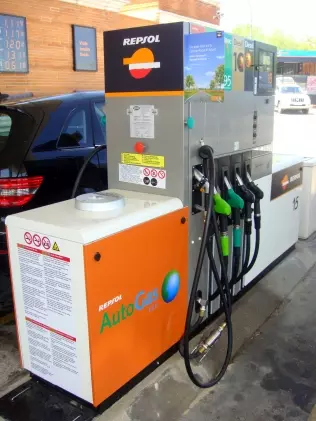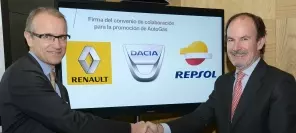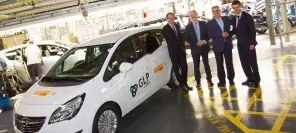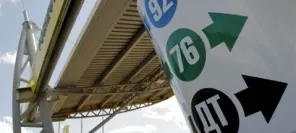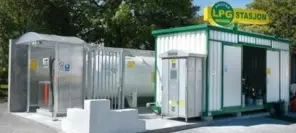- Main page
- Search
- Up to date
- Products
- Technology
- Vehicles
- Video
- Conversion Payback Simulator
Port Injection - Conversion Payback Simulator
Direct Injection - Conversion Payback Simulator
Diesel - Newsletter
LPG in Spain and Portugal: euroconnector land
 loading results...
loading results...
Spain
Fuel retailing (LPG included) in Spain is regulated by the so called Hydrocarbon Act (Ley de Hidrocarburos), which includes specific rules fuel storage and retail points need to meet to be allowed to operate on the market. For instance, the act determines that refueling stations need to be standalone and fenced ones, with strictly limited access from outside. All in the name of safety.
According to information given to us by the Spanish embassy, LPG retail points are quite sparse – there are only 102 of them countrywide and they offer our favourite alternative fuel as GLP, GPL or simply autogas. You could hardly call LPG commonly available when retailers are so few and far between, but at least stations are evenly arranged across the coutry. At least along the coastline they are, less so in mainland Spain. However, there is quite a congestion of stations in Madrid and around it, which you can see on a map of stations. If you need a list of retailers, you can find it here. To verify the information and plan your route thoroughly, also have a look here and here.
Due to limited availability, autogas is of little significance in Spain. This is the result of former legal regulations, under which LPG-powered vehicles used to be completely banned. Until April 2000, autogas vehicles could not even be homologated and then, until June 2003, cars could not be modified by equipping them with LPG injection systems. This has changed since and autogas is becoming popular among Spanish drivers.
The Dutch bayonet is the most common coupling standard, but many stations are already equipped with the euroconnector. Anyway, you will probably need a set of nozzle adapters, especially that on your way to Iberia – depending on where you come from – you may be passing through certain countries using the same or yet another coupling standard (like the Belgian ACME or the Italian dish). To be on the safe side, get yourself all the adapters you may need en route before your journey. And be ready to refuel on your own – self-service is commonplace.
And now for prices. On average, LPG costs 0,86 euro per litre, while petrol is priced at 1,45 euro/l and diesel at 1,36 euro/l (as of late May, 2013).
Portugal
The number of stations in the smaller one of Iberia's countries has been stable for a couple of years now. Actually, it is waning slowly, as local regulations are very strict in terms of erecting autogas stations at a certain distance from regular filling points. This means many new forecourts cannot include autogas dispensers. Thankfully, things are changing for better in Portugal – autogas-powered cars have been lately allowed to use underground car parks, which is a major step towards making LPG more popular in the country, so hopefully the law will gradually become less stringent and more liberal in general.
Still, there are 276 LPG stations in Portugal. You can see their locations here and here, but if you prefer a chart sheet with addresses, go here. There are many more retailers than in Spain, plus Portugal is noticeably smaller, so autogas stations are easier to come by. If you need another list, or even two, go here or here. Mind you, in Portugal you may also need a euroconnector adapter and you will definitely have to refill on your own.
The price of autogas in Portugal (generally designated as GPL) is approx. 0,84 euro/l, while petrol is 1,67 euro/l and diesel is 1,48 euro/l. For up-to-date fuel prices from across Europe, visit this site. Enjoy Iberia!
